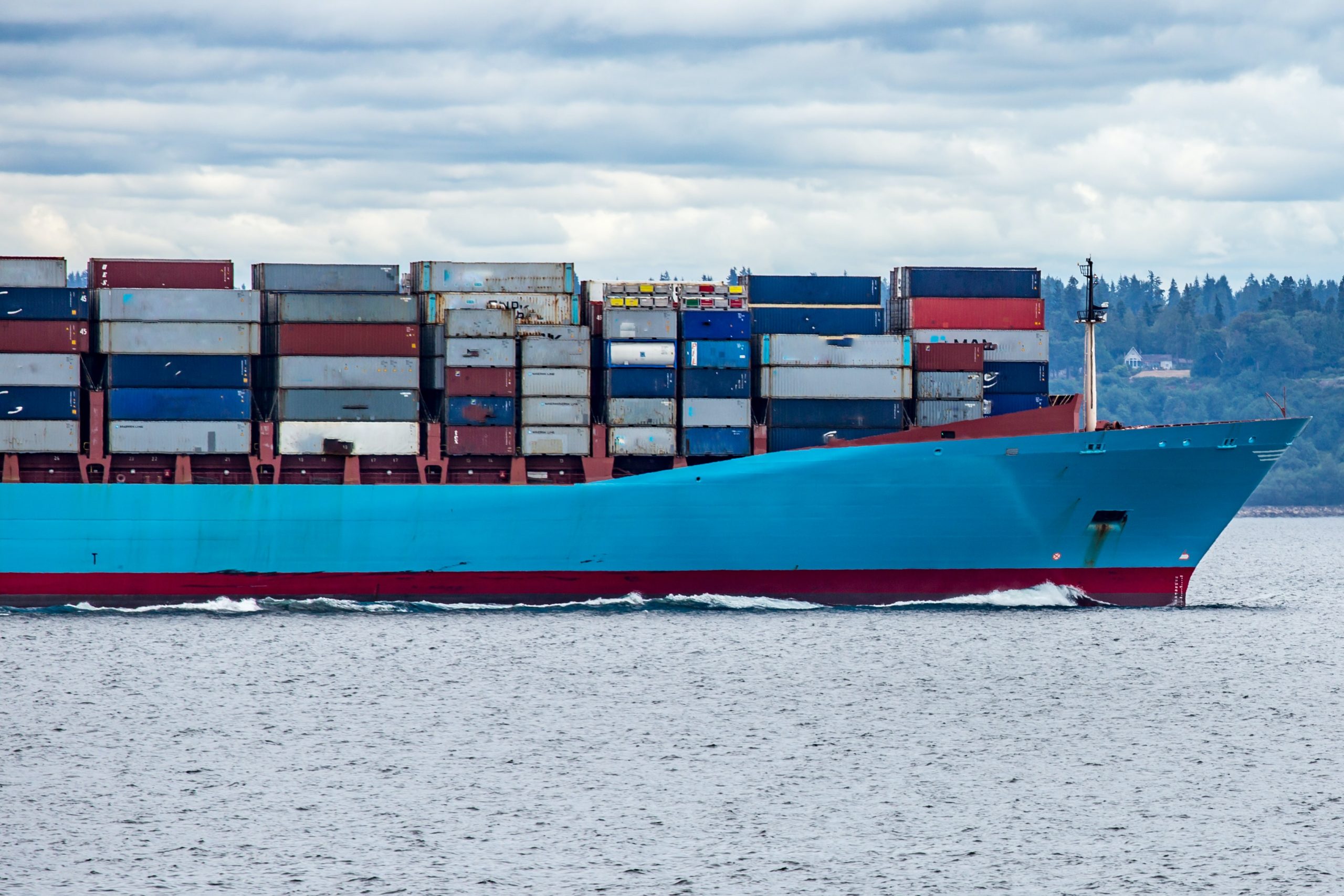It is accepted by nearly all of the world’s governments that changes in the global weather patterns are being caused by the slow warming of the Earth’s atmosphere due to the accumulation of carbon dioxide and other ‘greenhouse gases’ produced by human activities.
International shipping contributes about 3 per cent of total man-made emissions and is under intense pressure from some national governments to reduce these emissions in line with the commitments made in the Paris Agreement of 2015, to keep the increase in global temperatures to below 2.0 deg C above pre-industrial levels, and if possible, below 1.5 deg C.
Global measures to reduce GHG emissions from international shipping are being developed by the International Maritime Organisation (IMO), a specialised agency of the United Nations. In 2018, IMO adopted an Initial GHG Reduction Strategy that aims to reduce the amount of carbon dioxide emitted from ships by 50 per cent by 2050 compared to levels in 2008.
IMO first introduced minimum fuel efficiency standards for new ships in 2011 and in 2021 adopted a range of short-term measures that will apply to existing ships from 2023. These are intended to bring about improvements in fuel efficiency of about 30 per cent over 2018 levels.
Other measures are currently under discussion, including the possible introduction of a Greenhouse Gas Levy on marine fuels of about $250 per tonne.
GSF is monitoring these developments closely given their likely impact on the operating costs of ships and future levels of service. Shippers will also need to understand the contribution these measures will make to reducing the emissions attributable to their own shipments.
Join GSF to stay informed on the progress of decarbonisation of the shipping industry






